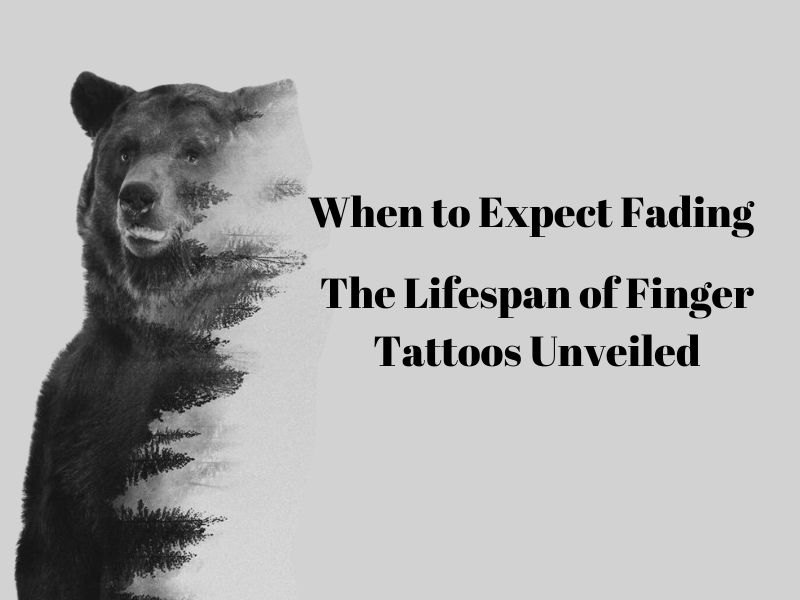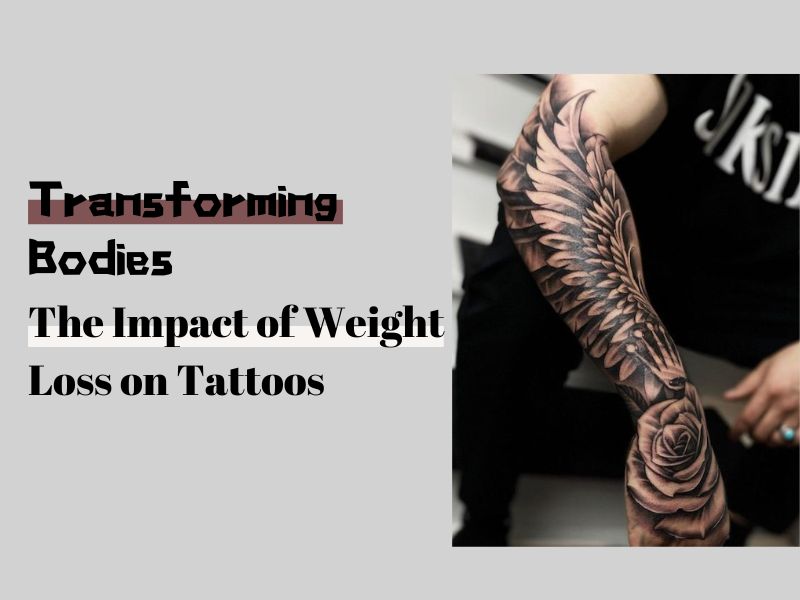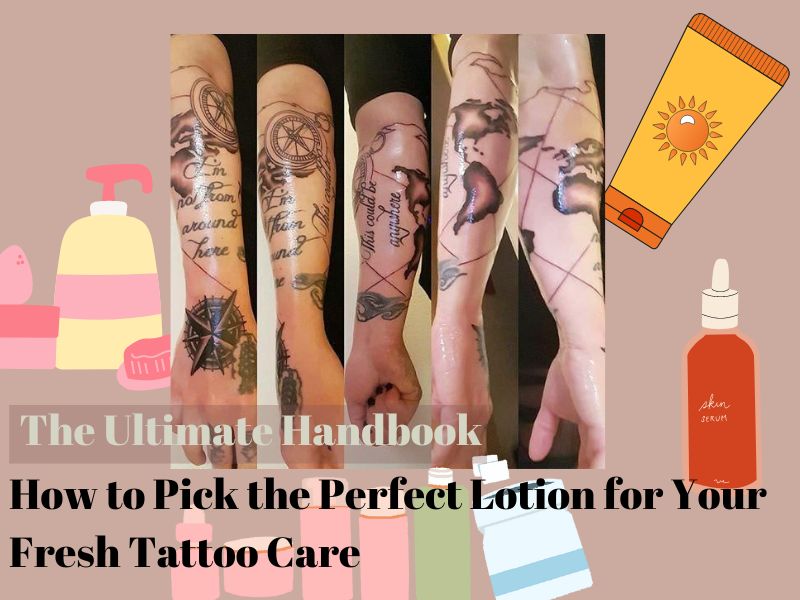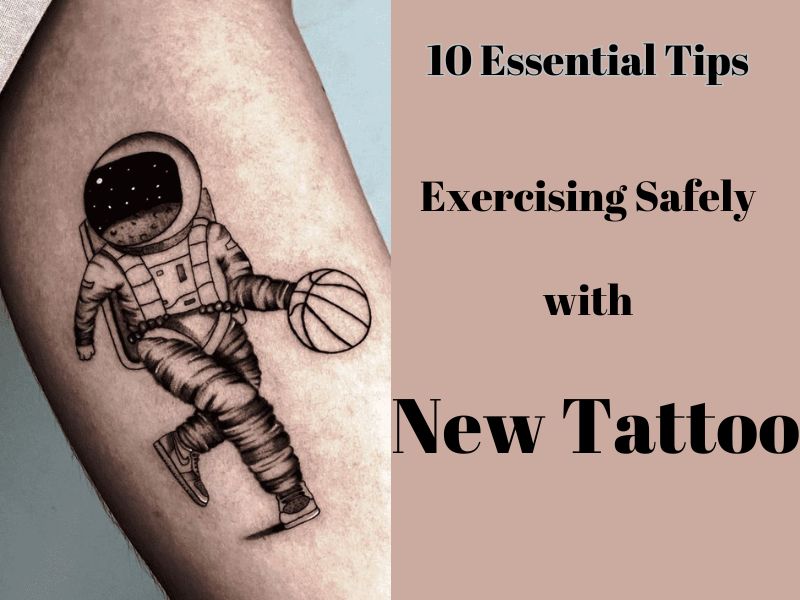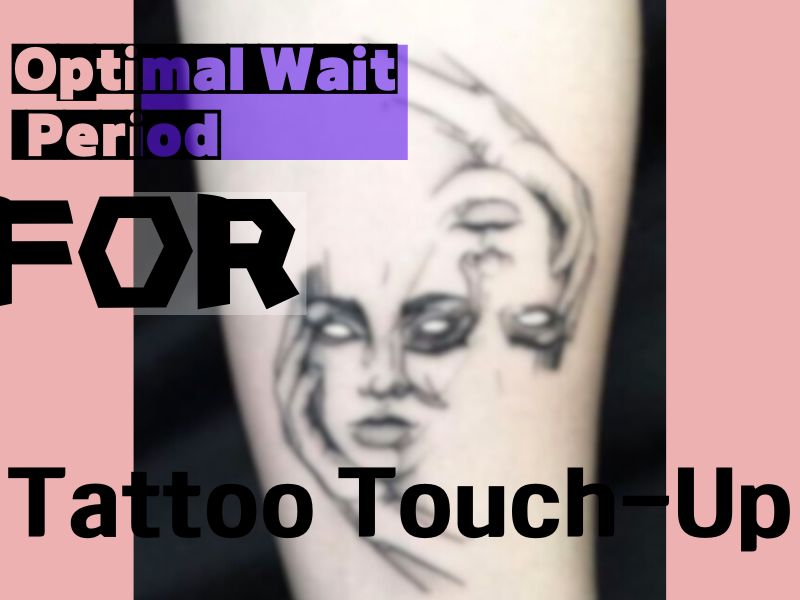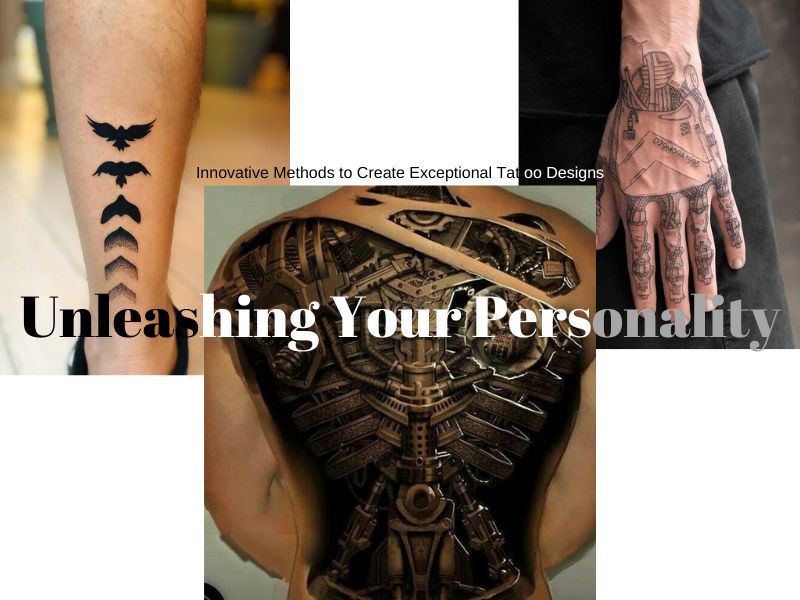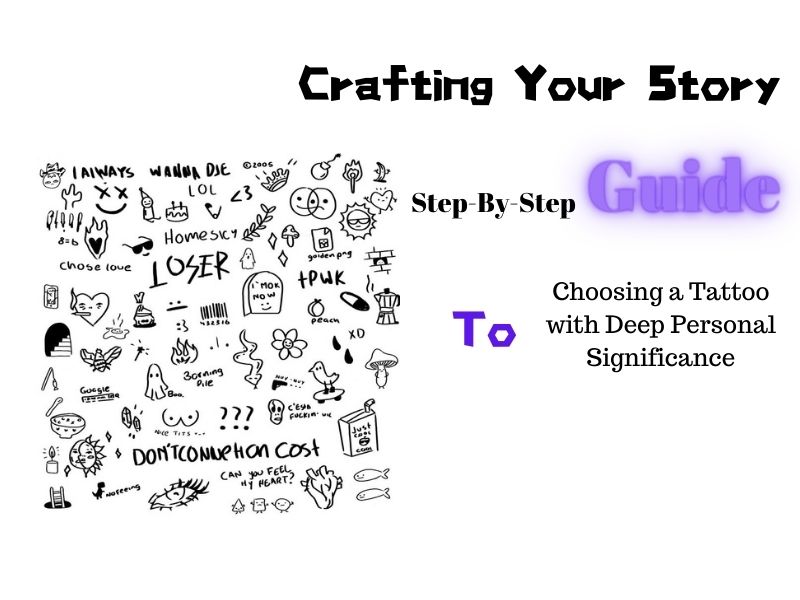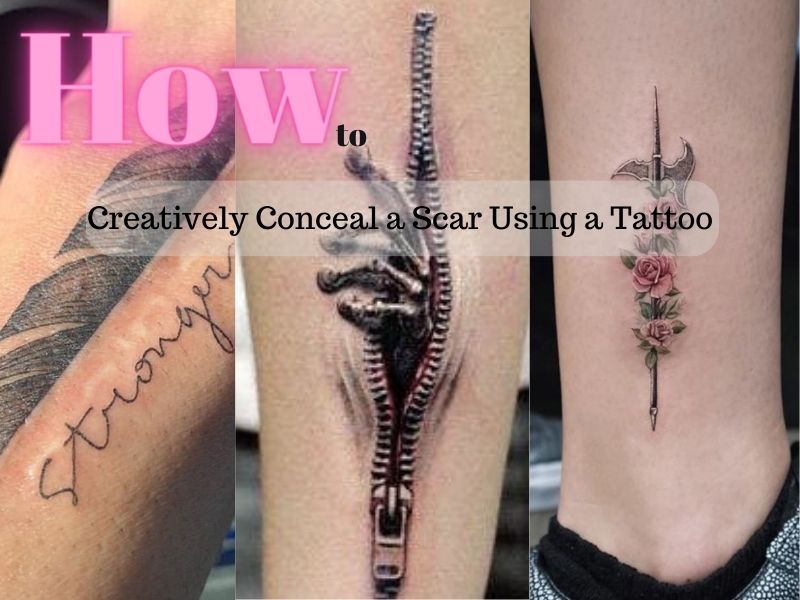Introduction
Finger tattoos continue to be a trendy choice for many, largely owing to their high visibility factor. Sliding a ring or a daring script in this prime real estate can dramatically express your unique style, hence their skyrocketing popularity.
However, one of the common apprehensions that might give you pause is the possibly brief lifespan of these tattoos. They often have a reputation for fading faster than their counterparts etched on other parts of the body, leaving you to wonder if they’re worth the effort and the pain.
But before you completely rule out the idea, it’s crucial to delve deeper into the topic. Buckle up because we are about to unravel the factors that influence the fading process and shed light on how you can expect your chic finger tattoo to hold up over time.
1. Anatomy of Finger Tattoos: Why They Fade Faster
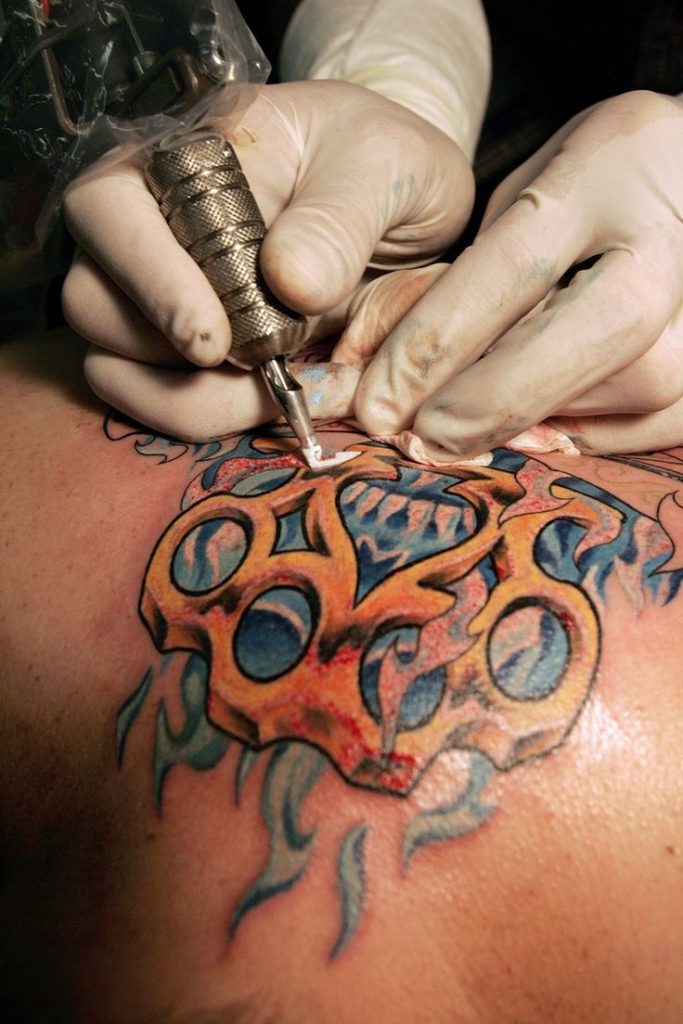
Skin Structure and Ink Retention
Our fingers have a distinct skin architecture that presents unique challenges for preserving the vibrancy of tattoos. Unlike other areas of the body, the skin on our fingers is dense and less fatty. This anatomy reduces the capability of the skin to firmly hold the tattoo ink, making tattoos in this area more prone to fast fading. The type and quality of ink used by your artist can somewhat counter this problem; better quality ink might provide a slightly extended lifespan to the tattoo. However, due to the skin’s nature, finger tattoos ultimately have a shorter lifespan compared to ink on other parts of your body.
High-Movement Area
Fingers are required for almost every task we perform in our daily routine, from texting on phones to cooking or even mundane things like buttoning a shirt. Because of this continuous usage, the skin on your fingers goes through constant stretching and straining, which leads to the faster breakdown of tattoo ink, accelerating the fading process. Furthermore, due to frequent handwashing throughout the day, a newly done finger tattoo might not properly heal, causing the ink to set incompletely, leading to an early onset of tattoo fading.
2. Ink Migration: Understanding the Blurring of Finger Tattoos
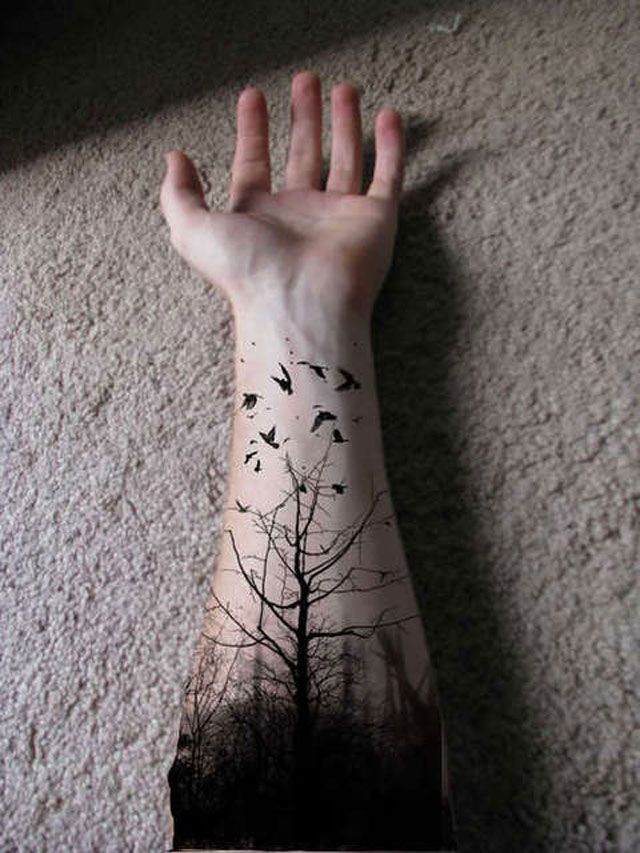
Ink Quality and Placement Precision
The quality of the ink used can have a significant impact on how rapidly your finger tattoo fades. High-grade ink tends to maintain its vibrancy much longer than subpar alternatives. Additionally, the artist’s technique plays an indispensable role. Precision in tattoo placement gives a particular resistance against ink spreading. It’s therefore advised to choose an experienced tattoo artist who can deftly handle the unique attributes of inking finger tattoos.
Age of the Tattoo
The passing of time is an undeniable player in the fading of finger tattoos. As the tattoo ages, the boldness and clarity of its initial design tend to wane. This change is a direct result of factors such as the natural skin regeneration cycle, daily wear and tear, and weather conditions. Regular touch-ups every few years can help to maintain the original look of the tattoo, however, they are an inevitable part of tattoo longevity, especially for finger placements.
3. The Timeline of Fading: What to Expect and When

Initial Healing Phase
For the first couple of weeks following your tattoo session, your finger tattoo will go through the initial healing phase. Expect some peeling, similar to a sunburn, and possible color changes during this time. It’s critical to adhere to your tattoo aftercare routine, which typically involves washing your hands gently but thoroughly, staying away from activities that may cause excessive friction on the tattoo, and keeping the area clean and moisturized.
Long-Term Fading: Months to Years
As months roll into a year, you’re likely to notice significant color fading and possible blurring of your finger tattoo. This is due to constant wear and tear, including friction, exposure to sunlight, sweat, and the normal skin shedding cycle of your hands. Generally, the fading begins around the 6-8 months mark and might need touch-ups every few years. However, the timeline could vary depending on the quality of the ink used, the expertise of the tattoo artist, and your daily routine and environment. Remember, proper care and maintenance, even in the long term, can help prolong the clarity of your tattoo.
4. External Factors Influencing Tattoo Longevity
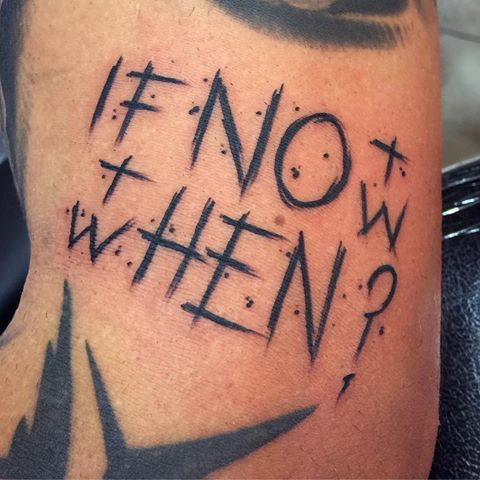
Sun Exposure
You hold the key to your tattoo’s lifespan each time you step outside. The sun, while a magnificent source of vitamin D, is also the arch-nemesis of your beloved finger tattoo. The Ultraviolet (UV) rays from the sun have a knack for causing tattoo degradation. These invisible rays can break down the tattoo ink under your skin, leading to faster fading and loss of clarity. To protect your hand tattoos from this natural foe, always slather on sunscreen with at least an SPF of 30. With this simple act, you can keep your tattoos vibrant and prevent premature fading.
Lifestyle and Occupation
Next in line are certain lifestyle choices and occupations that can accelerate the fading process of finger tattoos. Hands, inherently busy and always on the go, are constantly exposed to friction, challenging weather conditions, soap, and labor. This constant exposure makes your finger tattoos more susceptible to fading than tattoos located elsewhere on your body.
Just imagine how fast the stunning design on your finger tattoo can fade if you are, say, a potter, a house cleaner, or a construction worker. These professions demand heavy usage of hands, thereby leading to quicker wear and tear of your cherished ink art. Therefore, if you’re considering getting a finger tattoo, considering the rigors of your lifestyle and job might help you make the right decision.
5. Maintenance Tips to Prolong Finger Tattoo Clarity
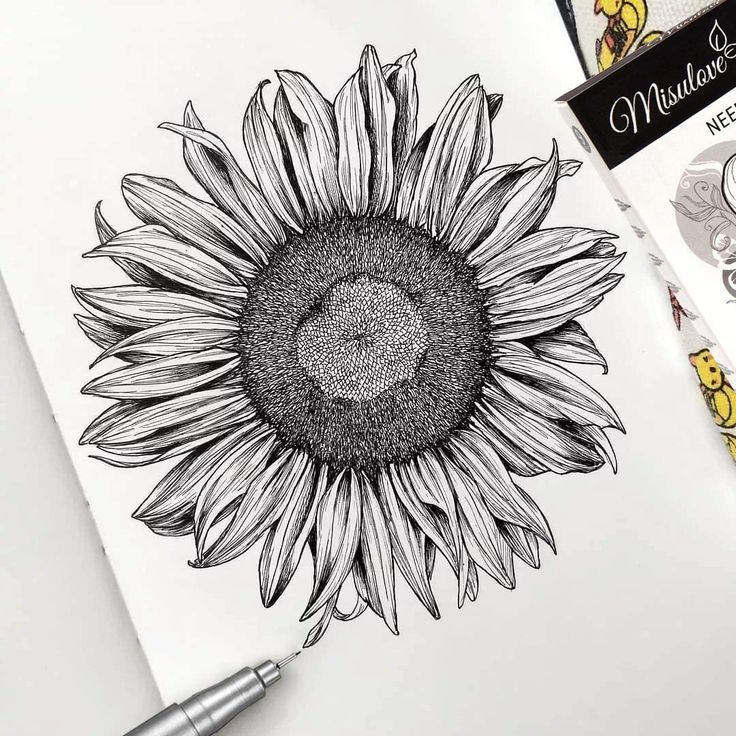
Touch-Up Recommendations for Finger Tattoos
Considering the delicate nature of the skin on fingers, it’s important to keep in mind that your fresh tattoo may not look its best after the first session. Finger tattoos are prone to fading, thus, regular touch-ups might be necessary to maintain their vibrancy. But when is the right time for a touch-up?
While it’s essential to prolong the integrity of your tattoo as much as possible, it’s recommended to wait at least a month after the initial appointment before considering a touch-up. This duration allows enough time for your skin to fully heal and for the tattoo ink to settle, revealing the actual design and color of the tattoo.
Aftercare Best Practices for Finger Tattoos
Just like any work of art, your finger tattoo maintenance begins immediately after the tattoo is done. Your tattoo artist will usually provide some aftercare instructions specific to your skin type and tattoo style, but here are some general guiding principles:(
- Cleaning: Keeping your tattoo clean is paramount to prevent infection, accelerate healing, and uphold the tattoo’s visual integrity. Be gentle when washing your hands, avoiding scrubbing on or around the tattooed finger.
- Moisturizing: Apply a thin layer of a tattoo-specific moisturizer regularly to avoid dryness, flaking, and early fading. However, avoid over-moisturization as it can cause the ink to blur.
- Shielding: Protect your tattoo from harsh elements. This includes limiting sun exposure and preventing the tattoo from constant rubbing against clothing, jewelry, or other surfaces.
- Touching: Resist the temptation to pick or scratch your tattoo during the healing process. This can lead to ink displacement, resulting in patchy areas.
Taking good care of your finger tattoo early on and following the best aftercare practices can prolong its lifespan. Keep in mind, it’s normal for finger tattoos to require more attention compared to other body tattoos due to their location and much-exposed nature. With dedication and proper care, your finger tattoos can remain as vibrant as intended.
6. The Role of Tattoo Artist Expertise in Minimizing Fading

Your choice of tattoo artist isn’t just about going for someone who has a beautiful portfolio. When it comes to finger tattoos, you need someone who is comfortable and experienced with ink on this often-challenging skin type.
An experienced artist not only can deliver the intricate design that finger tattoos often call for, but they also understand the unique factors that influence how these tattoos heal and age. They’ll prepare you for what to expect and guide you on aftercare protocols, making sure your art will look fresh for longer.
A seasoned tattoo artist doesn’t just follow a uniform method for every area. With their expertise, they modify their technique based on factors such as skin thickness and tattoo placement. For finger tattoos, they employ precise, site-specific techniques to counter the risk of increased fading. This fine-tuning can play a substantial role in controlling how much your finger tattoo fades over time.
Make sure you engage thoroughly with your tattoo artist about these concerns before you proceed with the design. Remember, the quality of ink, the technique, and your collaboration with your artist can significantly influence how your finger tattoo will look down the road.
7. Case Studies: Real-Life Examples of Finger Tattoo Fading
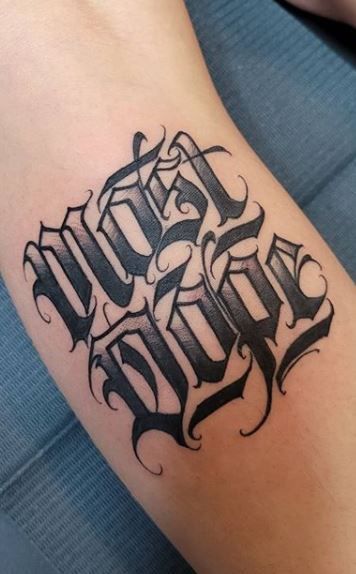
When you first get your finger tattoo, the vibrant colors and sharp lines may lead you to believe that it will stay that way forever. However, given the unique structure of our skin, this is usually not the case. Let’s explore a couple of case studies to visually understand this phenomenon.
Picture a fresh finger tattoo, presented in a case study from BME.com. The intricacies of the design are easily visible, the black ink stands out starkly against the skin. It truly looks like a masterpiece. But fast forward just eight weeks, and the once-vivid tattoo now appears significantly duller, with the ink visibly faded. The intricacies of the design are now less pronounced, the sharp lines have blurred, and it clearly needs a touch-up.
In contrast, let’s refer to a case study presented by tattoo artist Sydney Smith. She recommends waiting for the initial healing process to be fully completed before getting a touch-up. This waiting period ensures that the tattoo lasts longer, as the skin has had ample time to heal and absorb the tattoo ink. She demonstrated this with before and after images of tattoos, showing how taking this extra step can lead to more durable results.
Understanding the real-life fading trajectory of finger tattoos can help manage your expectations and ensure you’re prepared for the necessary maintenance work. It’s a significant factor to consider during the decision-making process, even before getting that adorable finger tattoo you’ve been dreaming of.
8. Innovative Solutions and Future Technologies
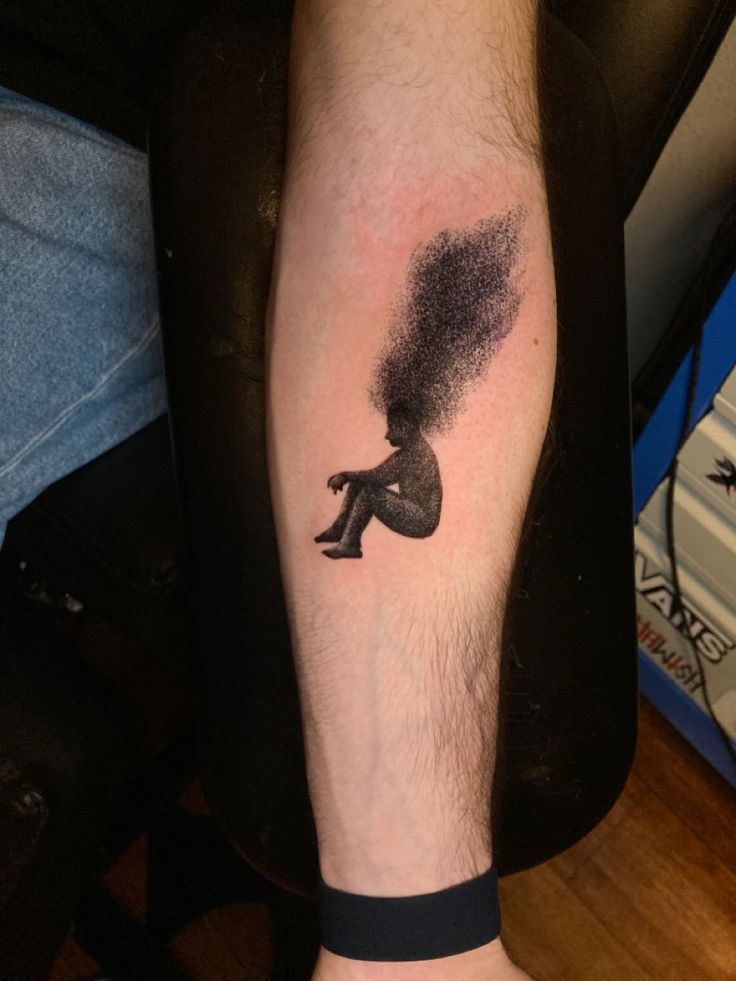
As technology evolves, so does the art of tattooing. Today’s tattoo artists are harnessing high-quality inks and advanced tools with the sole aim of reducing tattoo fading and prolonging clarity. Newer ink formulations have been engineered to retain color and resist migration, offering impressive longevity for tattoos. This is a beacon of hope, particularly for finger tattoos, which historically have been prone to rapid fading.
In the realm of tools, tattoo machines and needles have undergone a significant transformation. Modern tattooing equipment promotes precision, less skin trauma, and improved healing. This efficiency has even found its way into the traditionally short-lived world of ‘stick and poke’ tattoos, which can now provide more lasting designs when handled by an experienced artist.
The rise of artificial intelligence (AI), while palpable in almost every industry, is now making waves in the sphere of body art. AI-driven tattoo planning tools are currently being utilized to predict the longevity of tattoos and assist in designing for endurance.
With accurate predictions of how a tattoo might fade over time, artists can make proactive design adjustments and tattoo placement decisions to help ensure longevity. This AI-enhanced foresight is a brilliant tool for potential finger tattoo enthusiasts who value the importance of long-lasting design clarity.
Incorporating these advancements into the tattooing process might require an up-front investment, but the possibility of enjoying a clearer finger tattoo for a longer period of time makes it a worthy expense.
Conclusion
Finger tattoos, influenced by hand anatomy, routine exposure, and swift skin regeneration, are prone to fading within 6 to 8 months. However, with meticulous aftercare, lifestyle adjustments, and routine touch-ups, you can greatly extend the lifespan and vibrancy of your tattoos. The quality of the ink and the tattoo artist’s skill also play pivotal roles in how these tattoos withstand time and outside factors. Stay tuned for future advancements in tattoo technologies that promise to magnify the longevity of finger tattoos even further.
Frequently asked questions
How does the intricacy of a finger tattoo design affect its susceptibility to fading?
Highly intricate designs are more vulnerable to fading on finger tattoos. This is due to the small surface area available and the high amount of detail that needs to be packed into a tiny space. Over time, closely packed lines can blur together, causing the design to lose clarity. The constant wear and tear from daily activities further accelerate this process, causing even well-executed intricate designs to fade faster.
What everyday activities accelerate the fading process of finger tattoos?
Everyday activities that hasten the fading of your finger tattoos include constant hand washing, exposure to cleaning agents and chemicals, and the continuous use of your hands in physical tasks or hobbies, which exposes the tattoo to friction. In addition, exposure to harsh weather conditions plays a role in accelerating the process.
What preventive measures can be taken immediately after getting a finger tattoo to minimize blurring?
Immediately after getting a finger tattoo, the following preventive measures can assist in minimizing blurring: First, it’s essential to keep your hands clean and use a gentle, fragrance-free soap during washing. Second, avoid engaging in high-impact activities that could cause friction against the tattooed skin. Also remember, it’s crucial to resist the urge to pick or scratch at the tattoo, as this can lead to scarring and disrupt the healing process. Lastly, moisturize the area regularly with a fragrance-free lotion to prevent drying and flaking. These steps, when consistently followed, will contribute substantively to the clarity of your new ink.
How can the body’s natural skin regeneration cycle impact the longevity of a finger tattoo?
Your skin constantly renews itself, with new cells pushing older ones to the surface. This process is more active in areas with a high rate of use, like the fingers. The regular turnover of skin cells can cause the ink of a finger tattoo to blur faster and lose its vibrancy over time. Thus, despite the tattoo’s ink being placed beneath the skin’s surface, the aggressive cell regeneration cycle on the fingers can affect its longevity.

